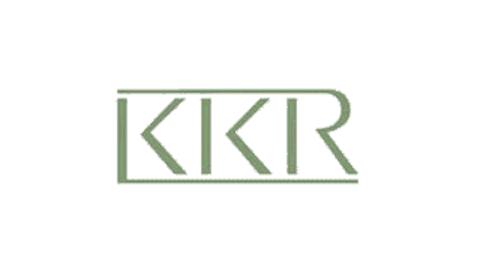The seven shares Denton purchased were originally worth $1,078, or $154 per share. Had he held these seven shares for six decades, he would have wound up with a stake in enough spinoffs to have need of a good tax attorney when he wanted to cash out. Between 1951 and 1984, his seven shares became 84 shares worth roughly $5,500, not counting any reinvested dividends. The 1984 Bell System divestiture gave Denton a stake in seven Baby Bells, which have since been reabsorbed into either AT&T Inc. (NYSE:T)or Verizon Communications Inc. (NYSE:VZ). He also holds a stake in Alcatel Lucent SA (ADR) (NYSE:ALU) and NCR Corporation (NYSE:NCR) thanks to the two 1996 spinoffs, as well as a stake in Comcast Corporation (NASDAQ:CMCSA) thanks to that company’s acquisition of AT&T Inc. (NYSE:T) Broadband, which was spun off in 2002. Through it all, AT&T Inc. (NYSE:T) has kept paying out dividends, as have many of its spinoffs and divested Baby Bells.
Investing in the Far East
There are plenty of shareholders in Japanese companies as well, and the Tokyo Stock Exchange serves as a gatekeeper to the markets for most of these investors. Established on May 15, 1878, the TSE lagged its Western peers for decades, as Japan also lagged in terms of industry. During World War II, the TSE and other Japanese exchanges were unified as a wartime corporation; the catastrophic end of the war and Japan’s capitulation ended official market trading for years. It was not until 1949 that three modern exchanges, including a renewed TSE, were established in Japan. From this war-ravaged revival, the TSE would gradually build a market such as the world may never see again.
The Nikkei 225 is the TSE’s primary index, and it’s also the most oft-used barometer of Japanese market health. With 7.5 times as many stocks as the Dow Jones Industrial Average and a similar share-price weighting system (the Nikkei was actually known as the Nikkei Dow Jones Stock Average from 1975 to 1985), it’s almost expected that the Nikkei’s value should exceed the Dow’s — and for decades, it did.
From 1957 onward, the Nikkei’s value exceeded the Dow’s, and the greatest discrepancy occurred in the late 1980s. At the height of its 1989 bubble, the Nikkei reached a value more than 14 times greater than the Dow’s, and at this point the TSE accounted for 60% of the entire world’s combined stock-market capitalization. At the peak of global market values in 2007, it would have taken $36.5 trillion in market cap on one exchange to equal such a feat. The TSE is a long way away: In the spring of 2013, after decades of decline finally began to reverse, its market cap was approximately $4 trillion.
The article A Nation of Long-Term Investors originally appeared on Fool.com.
Fool contributor Alex Planes holds no financial position in any company mentioned here. Add him on Google+ or follow him on Twitter @TMFBiggles for more insight into markets, history, and technology.The Motley Fool has no position in any of the stocks mentioned.
Copyright © 1995 – 2013 The Motley Fool, LLC. All rights reserved. The Motley Fool has a disclosure policy.
